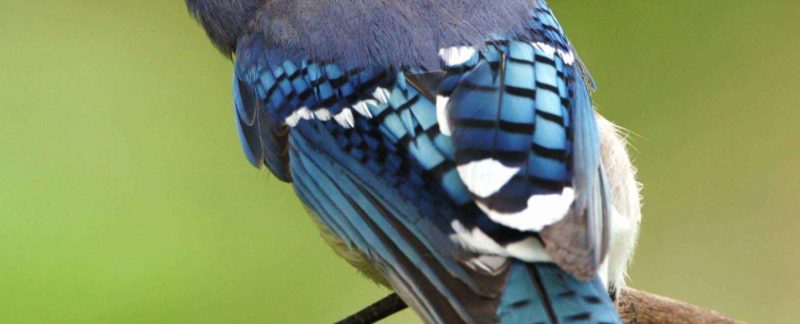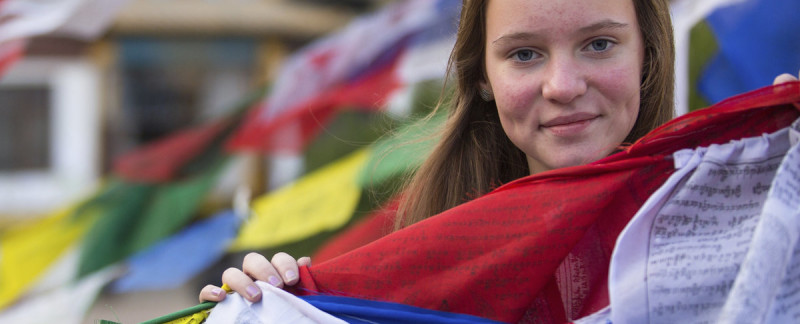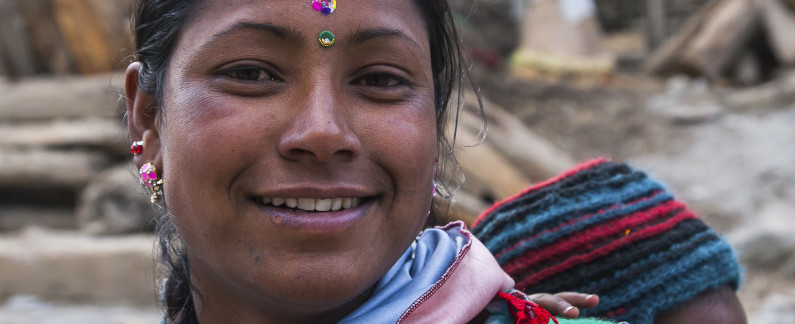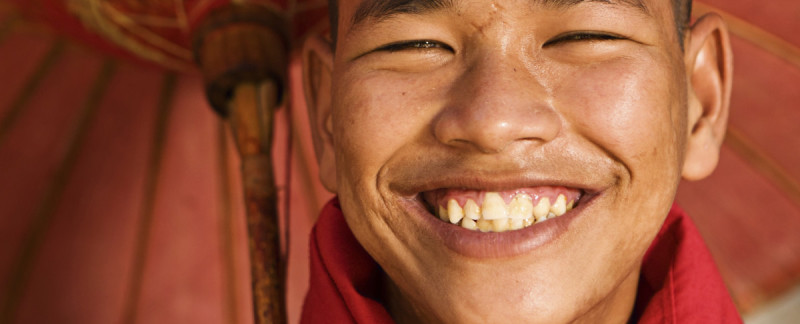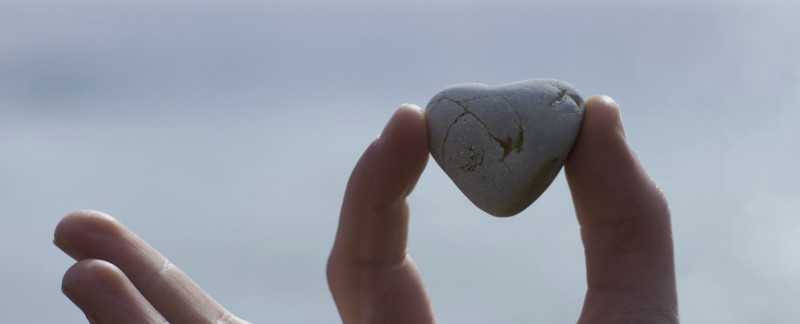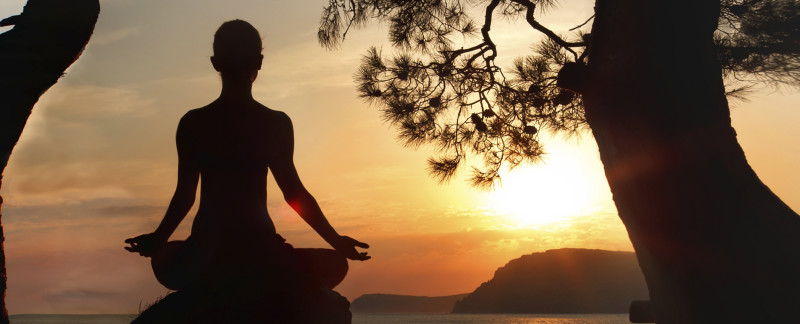“No one can ever explain to us how to have an experience. If they could, we would all be enlightened by now. Our task as practitioners is to bring the teachings to life in a personal way. No one can tell us how to do it.” – Elizabeth Mattis-Namoveil
Over the years of my meditation and Dharma practice, I’ve witnessed certain trends and themes emerge. The exact same thing has occurred with my teaching and writing, patterns and tendencies surface and then they begin to reveal themselves to me. One key and yet quite simple thread that keeps making itself known is my sense that no one can truly teach us how to practice, that we have to discover this on our own. Another consistently emerging strand that goes along with this is the ever increasing necessity for each of us to cultivate an intimate relationship with the unique inner landscape of our own hearts and minds. This relationship, in a nutshell, is the key to us softening the habitual cycles of our suffering and to awakening to new levels of freedom, wisdom and care.
My particular journey down the many paths of the practice has been filled with stops and starts, illuminations and disengagement, clarity and delusion, a closed and then an open heart. My journey’s been informed by so many serene elements of the Buddhist tradition, by so many deeply inspiring teachers, but it really started to gain momentum, and truly unfold, once I gave myself permission to let go of “the rules” and start making my practice personal. At the most basic level, I’ve begun to discover that we’re not here to perfect our understanding of the four foundations of mindfulness – as beautiful and resourceful as this teaching can be – we’re here to open our hearts to our own experience of the human condition. We’re here to find a way to navigate this life with as much grace, acceptance and love as is available. And, in my experience, no one can truly teach us how to do this. We have to walk our own unique path down the many roads that are presented to us. To find a home within the Dharma, we have to make the practice personal, unburdened of expectations, and intimately our own.
Matthew Brensilver, a core teacher of mine, once expressed that “The basic question of what it’s like to be human sounds so pedestrian as to be useless. But it’s actually an important question that I don’t think we can adequately answer until we get still and quiet. So we ask: what is it actually like to be human? How does it actually feel at the level of our awareness to be alive? And how can we relate to that in such a way that we’re making peace with the imperfection of our human condition?” Continuing on this same theme, Pema Chodron writes, “If you ask how in the world can we do this, the answer is simple. Make the dharma personal, explore it wholeheartedly, and relax.”
Over the past few years or so, I’ve kind of broken the practice down into three primary domains:
1.) Being a human animal is a wild and mysterious ride.
2.) The teachings of the Dharma are vast and sublime.
3.) You have to find your own path to your heart.
Suzuki Roshi, in his seminal book Zen Mind, Beginner’s Mind, shares that “It is almost impossible to talk about Buddhism. So not to say anything, just to practice it, is the best way.” Some part of me feels a true kinship with this line of thinking. Yet, at the same time, I’ve encountered a deep and profound experience of the heart of the Dharma through hearing it articulated by others. One of the core tenets of this path is that things are not dualistic (this or that, either/or) but fluid, unfolding, expansive and beyond the defined boundaries of language. So, in the end, you really just need to get in there and play around! See what works for you. See what touches your heart. The teachings are a road map full of treasures but they are not the destination, or the end point, in and of themselves. What we’re cultivating is our own sense of humanity and wellbeing. The Dharma is universal but our relationship with it is deeply personal. And, in my perspective, improvisational; a call and response with the intimate moments of our lives.
One of the core principles of improvisational performance, that has also been adopted in organizational settings, is the concept known as “Yes, and…” A way to approach this guideline on the stage is that one improviser should accept what another improviser has stated (this is the “Yes”) and then expand upon what is being offered (this is the “and…”). In a business or other organizational setting, saying “Yes” encourages people to listen and be receptive to the ideas of others. In our experience of our own practice, saying “Yes” to the present moment, accepting the truth of what is being presented, provides us with a wide range of intimate possibilities.
Rachel Denyer, a co-founder of People Storming with a background in organizational improv and behavioral psychology, shares that “In improv we have to pay attention to what is going on inside the exercise or the scene. It is only by paying attention that we can truly understand what is happening and identify places to add value or support.” She further explains that in improv they are always looking for opportunities to start anywhere. “Starting anywhere essentially means jumping in or starting in the middle. Through improv, we are encouraging creativity and spontaneity. If you have an idea in the present, you don’t need to spend time refining it or evaluating it. You can just jump in with the offer and see where the scene or discussion takes you.”
In my experience, these same concepts are essential elements in the path of our practice and are available to us at any time. Whether in formal meditation or in the flow of our daily lives, we can always wake up to the present moment, choose to say “Yes” to the truth of our experience, “and” then jump in and explore what’s being offered. An initial “Yes…and” starting point may simply be to pause, to take a breath, and then lean into our hearts. Over time, the invitation can unfold and we can trust in our capacity to meet this moment with an open, wise and compassionate response. But it’s not an all or nothing engagement, a this happens and then that response is needed; the path is about developing an intimate relationship with our inner life and being attuned with its reverberations. The path of our practice is at once universal and deeply personal. It’s yours to be lived, felt and brought to life in an intimate way.


